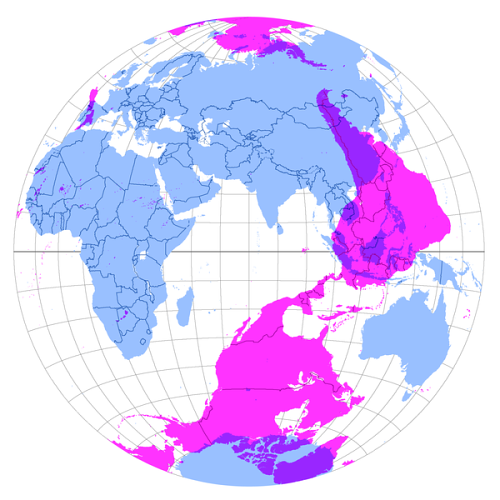In 1939, University of Iowa graduate student Mary Tudor began an experiment with local orphans, warning them that they were showing signs of stuttering and lecturing them whenever they repeated a word. The children became acutely self-conscious, and many began to stutter, fulfilling the theory that “the affliction is caused by the diagnosis.”
Sixty years later, when Tudor was 84, she received a letter from one of the orphans. It was addressed to “Mary Tudor Jacobs The Monster.”
“You destroyed my life,” it ran. “I could have been a scientist, archaeologist or even president. Instead I became a pitiful stutterer. The kids made fun of me, my grades fell off, I felt stupid. Clear into my adulthood, I still want to avoid people to this day.”
“I didn’t like what I was doing to those children,” Tudor told the San Jose Mercury News in 2001. “It was a hard, terrible thing. Today, I probably would have challenged it. Back then you did what you were told. It was an assignment. And I did it.”






